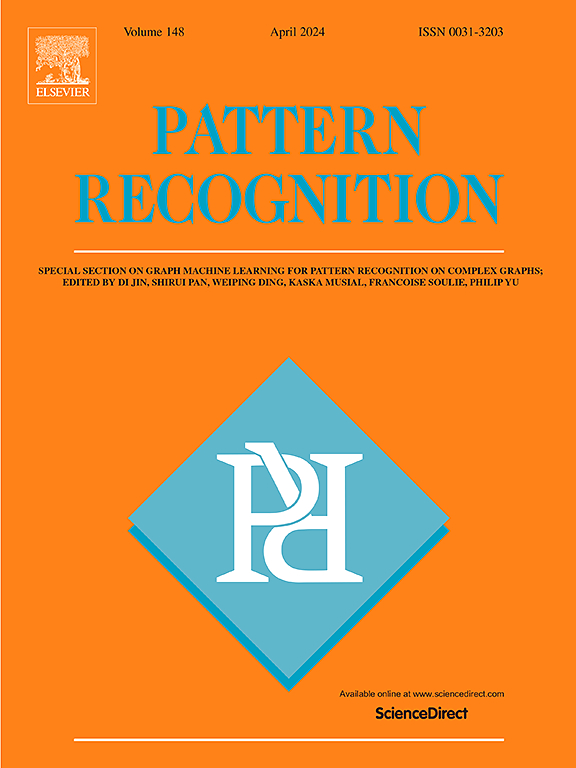Mamba-Stereo: Mamba Regularization for Stereo matching
IF 7.5
1区 计算机科学
Q1 COMPUTER SCIENCE, ARTIFICIAL INTELLIGENCE
引用次数: 0
Abstract
Stereo matching networks are essential for applications such as autonomous driving, robotic navigation, and augmented reality (AR). Traditional cost volumes, built using image features, often fail to capture global geometric information, leading to detail loss, edge blurring, and errors in textureless regions. To address these issues, we introduce a novel cost volume enhancement module based on the Mamba mechanism, termed Mamba Regularization. Mamba Regularization flattens the high-dimensional cost volume into one-dimensional features, utilizing the Spatial Mamba Block to capture long-range dependencies within whole-volume features at every scale. Additionally, we design the Spatial Residual Convolution (SRC) module to compensate for spatial information loss during flattening. Experimental results on the SceneFlow and KITTI benchmarks demonstrate that Mamba Regularization can serve as a plug-and-play module, significantly enhancing the performance of various stereo matching networks. While it introduces a slight increase in inference time, it achieves a favorable trade-off between accuracy and computational efficiency. Moreover, the proposed module exhibits strong cross-dataset generalization and maintains high inference efficiency, further validating its effectiveness in real-world applications. Code is available at https://github.com/S1aoXuan/Mamba-Regularization.
曼巴立体:曼巴立体匹配的正则化
立体匹配网络对于自动驾驶、机器人导航和增强现实(AR)等应用至关重要。使用图像特征构建的传统成本体积通常无法捕获全局几何信息,导致细节丢失、边缘模糊和无纹理区域错误。为了解决这些问题,我们引入了一种基于Mamba机制的新型成本增量模块,称为Mamba Regularization。Mamba正则化将高维成本体扁平化为一维特征,利用空间Mamba块在每个尺度上捕获全体积特征中的远程依赖关系。此外,我们设计了空间残差卷积(SRC)模块来补偿平坦化过程中的空间信息损失。在SceneFlow和KITTI基准测试上的实验结果表明,Mamba正则化可以作为一个即插即用模块,显著提高了各种立体匹配网络的性能。虽然它会略微增加推理时间,但它在准确性和计算效率之间实现了良好的权衡。此外,该模块具有较强的跨数据集泛化能力,并保持较高的推理效率,进一步验证了其在实际应用中的有效性。代码可从https://github.com/S1aoXuan/Mamba-Regularization获得。
本文章由计算机程序翻译,如有差异,请以英文原文为准。
求助全文
约1分钟内获得全文
求助全文
来源期刊

Pattern Recognition
工程技术-工程:电子与电气
CiteScore
14.40
自引率
16.20%
发文量
683
审稿时长
5.6 months
期刊介绍:
The field of Pattern Recognition is both mature and rapidly evolving, playing a crucial role in various related fields such as computer vision, image processing, text analysis, and neural networks. It closely intersects with machine learning and is being applied in emerging areas like biometrics, bioinformatics, multimedia data analysis, and data science. The journal Pattern Recognition, established half a century ago during the early days of computer science, has since grown significantly in scope and influence.
 求助内容:
求助内容: 应助结果提醒方式:
应助结果提醒方式:


